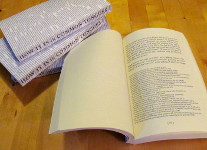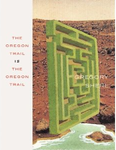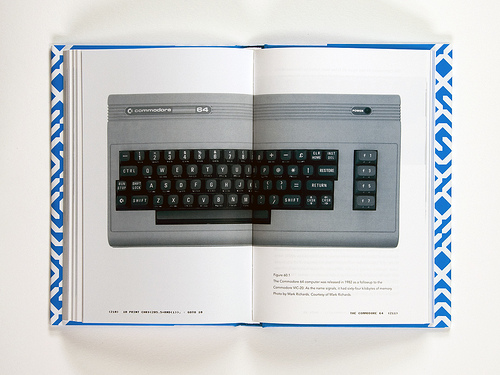Thanks to the good work of guest organizer Gretchen Henderson, the Purple Blurb schedule for Spring 2013 is already set! I hope to see you locals at some or all of them.
All Spring 2013 events are Mondays at 5:30pm in MIT’s room 14E-310. This is in the East wing of Building 14, across the building’s courtyard from the Hayden Library. Building 14 is not part of the Media Lab Complex. The Spring 2013 schedule is thanks to guest organizer Gretchen Henderson.
February 11, 5:30pm in 14E-310
Jason McIntosh
Presents the Interactive Fiction “The Warbler’s Nest”

Jason McIntosh is an independent games critic, designer, and scholar. During the previous decade, he produced “The Gameshelf”, a public-access TV series examining both tabletop and digital games, and “Jmac’s Arcade,” a set of video monologues on growing up within the arcade culture of the 1980s. More recently, he’s taught a game-studies lab at Northeastern University, published the XYZZY Award-winning work of interactive fiction “The Warbler’s Nest”, crafted the iPad edition of the tabletop game “Sixis” by Chris Cieslik, and worked as a game-design consultant for other clients. He continues to write game-criticism essays on The Gameshelf’s blog, and produces the occasional episode of the podcast series “Play of the Light”, which he co-hosts with Matthew Weise. His website collecting all this stuff may be found at jmac.org
March 11, 5:30pm in 14E-310
Debra Di Blasi
“Skin of the Sun: Five Iterations Toward Human As Novel”
Followed by a discussion of the literary publisher’s role in the 21st Century

Debra Di Blasi is a multi-genre, multimedia author of six books, including The Jirí Chronicles & Other Fictions, Drought & Say What You Like, and Skin of the Sun. Awards include a James C. McCormick Fellowship in Fiction from the Christopher Isherwood Foundation, Thorpe Menn Book Award, Cinovation Screenwriting Award, and Diagram Innovative Fiction Award. Her fiction is included in a many leading anthologies of innovative writing and has been adapted to film, radio, theatre, and audio CD in the U.S. and abroad. Her essays, art reviews and articles can be found in a variety of international, national and regional publications. She frequently lectures on the intersection of literature and technology and is working on a nonfiction book on related topics.
April 8, 5:30pm in 14E-310
Gretchen E. Henderson
“Galerie de Difformité:The Book as Body, The Body as Book”
Followed by an OPEN MIC!

Gretchen E. Henderson is a Mellon postdoctoral fellow at MIT and a metaLAB fellow at Harvard, who writes across genres, the arts, and music to invigorate her critical and creative practices. She is the author of two novels, The House Enters the Street and Galerie de Difformité (winner of the Madeleine Plonsker Prize), a collection of nonfiction, On Marvellous Things Heard, and a poetry chapbook, Wreckage: By Land & By Sea. Among other projects at MIT, she is working on Ugliness: A Cultural History (for Reaktion Books), while continuing the collaborative deformation of Galerie de Difformité: a print book that is interfacing with the history and future of the book, networked online, inviting readers to participate in its (de)formation across media.








